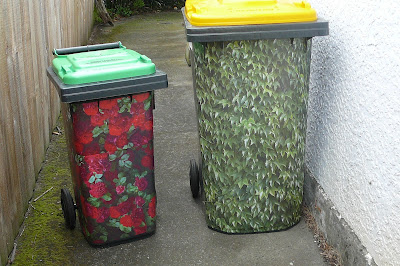Earthquake basics - Liquefaction
While on the topic of liquefaction, the EERI (Earthquake Engineering Research Institute, California) have published a pamphlet called: LIQUEFACTION: What it is and what to do about it. A detailed and intelligible explanation of liquefaction, and the hazards it poses, is provided in eight pages of text and diagrams.
The purpose of the pamphlet is descibed as:
The EERI also produced, in May 2011, a special report on the effects of the February 22 earthquake. It is a very good summary of the damage that occurred, and some of the lessons to be taken out of what happened. The report can be found here.
.
The purpose of the pamphlet is descibed as:
"... The authors hope that the information presented here conveys, to policymakers in particular, that better understanding of the risk from liquefaction at a particular site or area leads to better decisions regarding mitigation options, response planning, and preparedness strategies. With good liquefaction opportunity and susceptibility maps as a starting point, public officials and private property owners can make informed decisions about how to concentrate limited resources to manage and reduce the risk."Another good read for anyone living in a TC3 zone (and Wellington!). The topics covered are:
- Liquefaction Process
- Effect of Liquefaction on the Built Environment
- Flow Failures
- Lateral Spreads
- Ground Oscillation
- Loss of Bearing Strength
- Settlement
- Increased Lateral Pressure on Retaining Walls
- Can Liquefaction Be Predicted?
- What Are the Options for Mitigation?
- How Is the Choice of Mitigation Options Made?
- Does Mitigation Work?
- Is It Possible to Prepare for Liquefaction?
- What Are the Implications for Response?
- What Are the Implications for Recovery?
The EERI also produced, in May 2011, a special report on the effects of the February 22 earthquake. It is a very good summary of the damage that occurred, and some of the lessons to be taken out of what happened. The report can be found here.
.
